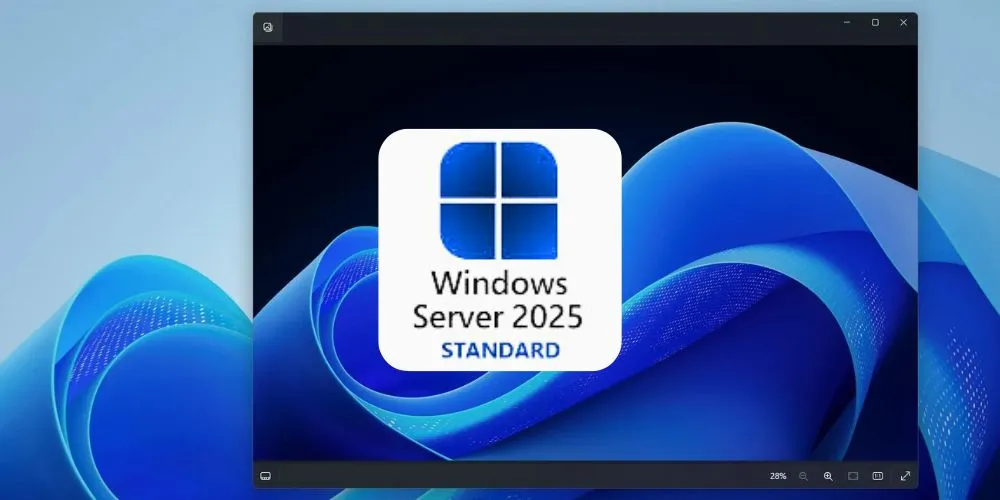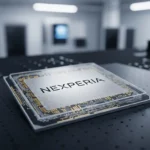Key Points
- Windows Server 2025, Microsoft’s newest server OS, was released. It includes major enhancements and will be supported for 10 years.
- It supports Intel’s high-performance Xeon processors and AMD’s Zen 2 through Zen 5 EPYC CPUs but excludes AMD’s Ryzen consumer CPUs.
- The list represents a baseline for certification, with potential updates. Upgrades include accelerated I/O throughput and GPU partitioning.
- Windows Server 2025 introduces VBS enclaves designed to improve process isolation and security.
Microsoft has officially announced the availability of Windows Server 2025 and an extensive list of supported processors. The operating system is designed to accommodate a range of modern CPU architectures from Intel and AMD and will be supported for the next 10 years. With a focus on accelerated I/O throughput, enhanced GPU partitioning, and improved security through Virtualization-Based Security (VBS) enclaves, Windows Server 2025 aims to address evolving enterprise demands.
The list of supported CPUs is notable for its range. Intel support extends from the latest high-performance Granite Rapids and Emerald Rapids chips to some entry-level, consumer-grade processors. High-end options include the second through fifth generations of Intel’s Xeon SP CPUs, based on the Emerald Rapids, Sapphire Rapids, Ice Lake, and Cascade Lake architectures.
Microsoft has also included the Xeon D-series (Ice Lake), Xeon E-series (Raptor Lake), and Xeon 6-series (Granite Rapids). Surprisingly, Microsoft added Intel’s G7400 and G7400T Pentium processors—older, dual-core Alder Lake-based chips for basic desktop functions. While it’s unclear why these consumer-level processors made the list, it could be due to their compatibility with the minimum requirements for the new server OS.
For AMD CPUs, Windows Server 2025 supports the company’s complete modern EPYC line, ranging from the Zen 2-based EPYC 7002 series to the latest Zen 5-based EPYC 9005 series. This lineup includes the EPYC 7003, 4004, 8004, and 9004 series, which offer substantial processing power for data centers and enterprise environments. Unlike Intel’s consumer-level Pentium CPUs, Microsoft has not certified any of AMD’s Ryzen processors for Windows Server 2025, focusing on AMD’s EPYC processors designed specifically for server workloads.
Microsoft clarified that the CPU support list is intended as a guideline for system certification, indicating that these processors meet the baseline requirements for running Windows Server 2025. Future updates to the list are anticipated as new processors are released, ensuring that Windows Server 2025 can leverage advancements in CPU technology over its 10-year lifecycle.
In addition to CPU compatibility, Windows Server 2025 incorporates various under-the-hood improvements. These include enhanced I/O throughput performance, optimized GPU partitioning for better resource utilization, and implementation of VBS enclaves, which bolster security by isolating sensitive processes in protected virtualized environments. These features are expected to help enterprises manage complex workloads with increased security and efficiency.





